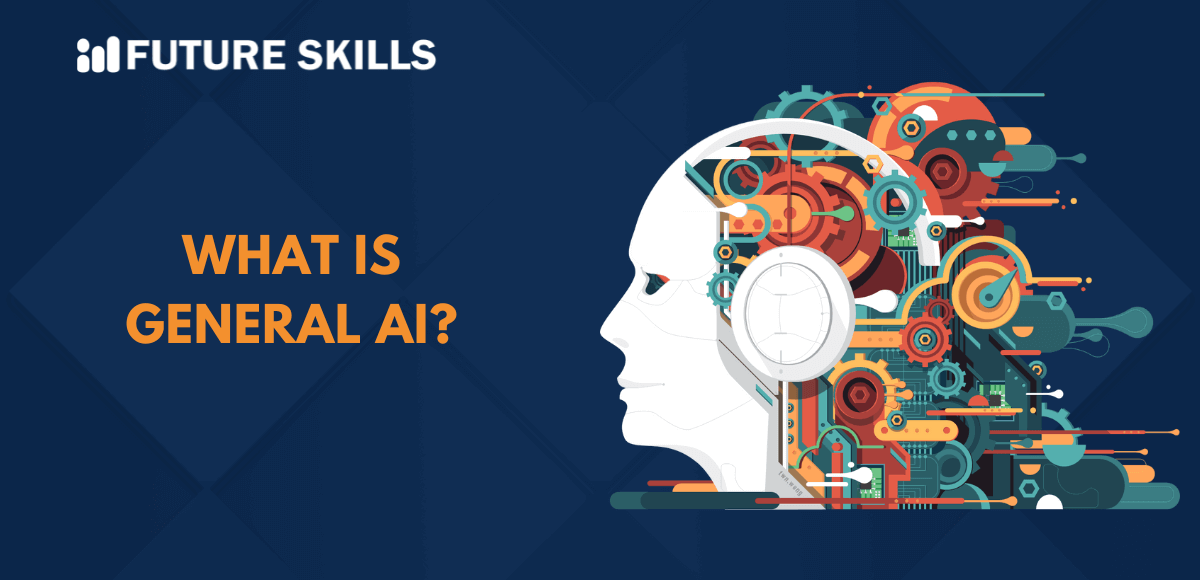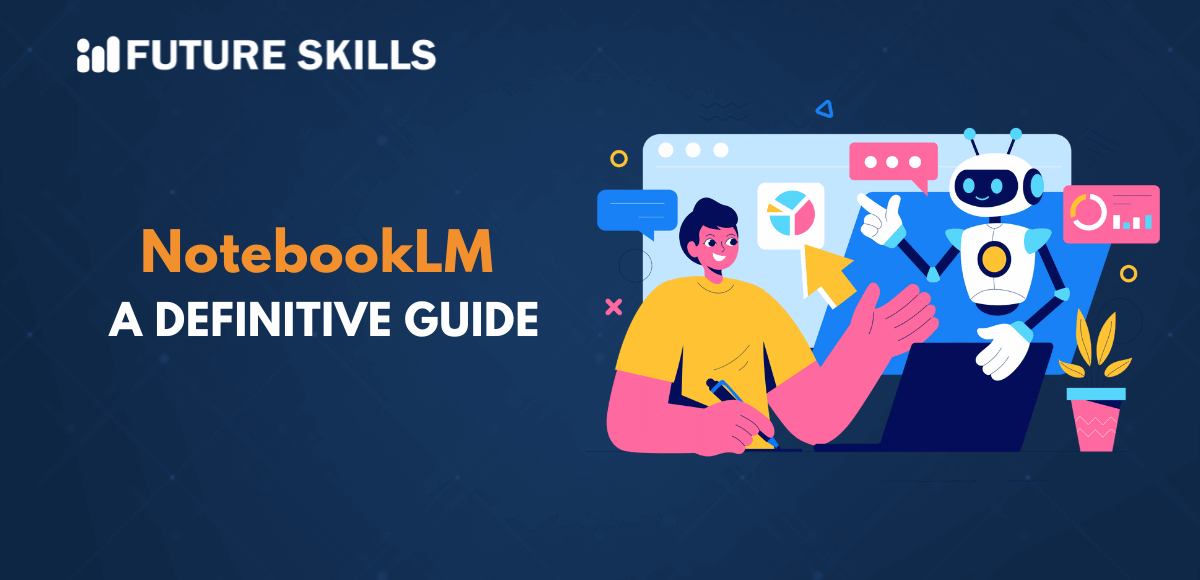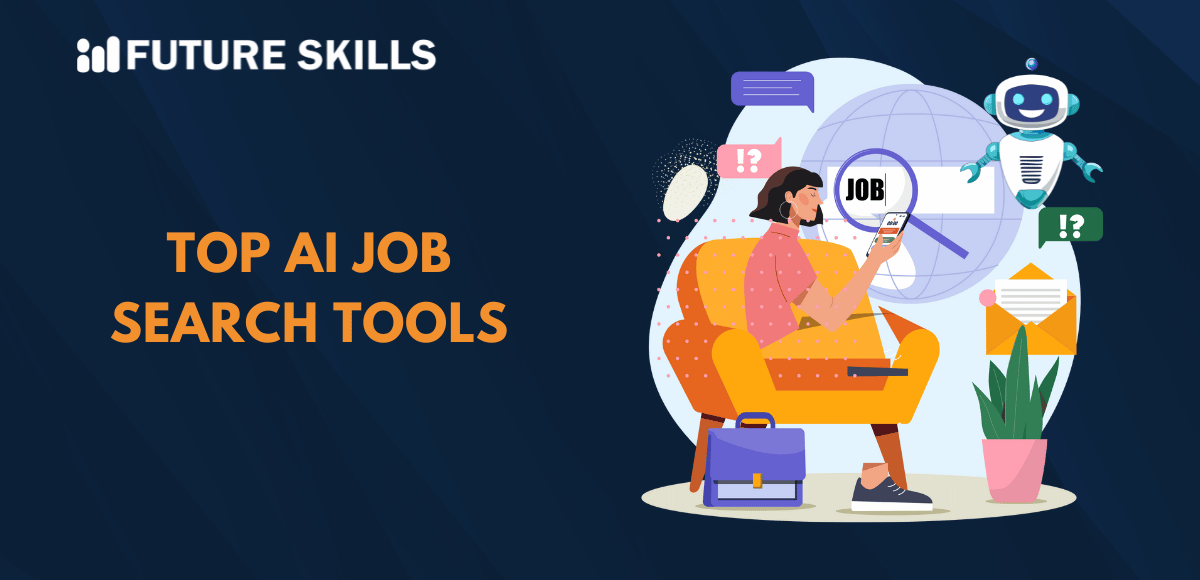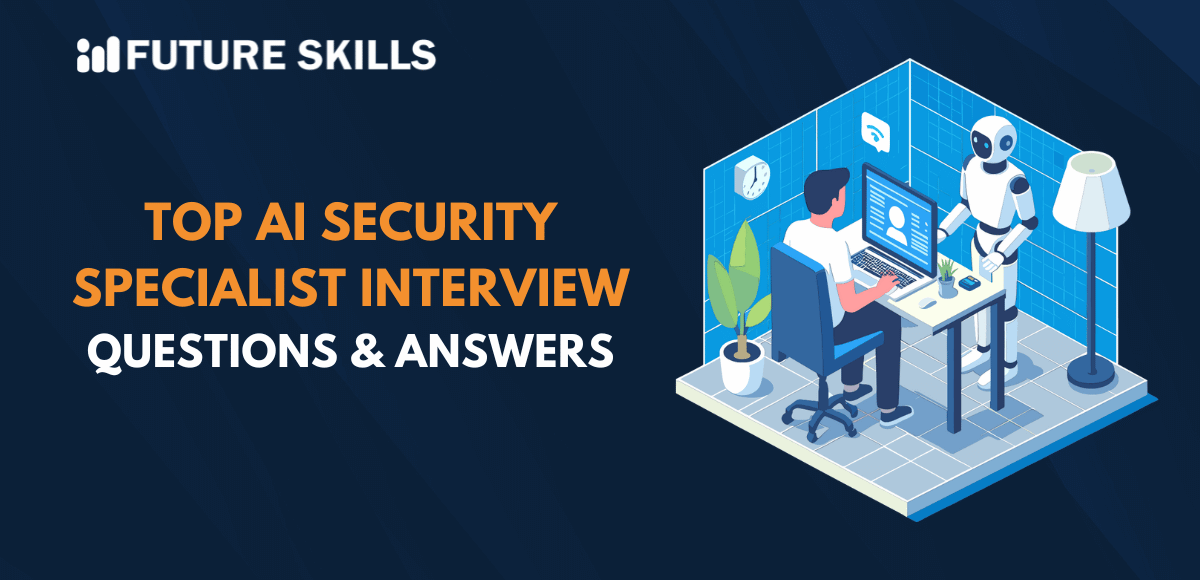Artificial intelligence is the most trending term in the technological landscape for quite a while now. Most people assume that AI is about super intelligent systems that can take independent decisions and complete tasks without human intervention. The description of AI in novels and movies suggested that artificial intelligence might become more intelligent than humans. The concept is similar to that of artificial general intelligence or AGI, which is still in the theoretical stages.
General AI or strong AI refers to the next stage in the evolution of intelligence of machines that can help them in comprehending, learning and performing tasks like humans. General AI or AGI systems can mimic the functioning of the human brain and replicate human behavior for solving complex problems. The applications of general AI can help in performing effectively on unfamiliar tasks by using general human cognitive abilities. Let us learn more about general AI and the technologies that can help in accomplishing the vision of an AI that works like humans.
Master your AI skills and discover the best career path with our accredited Certified AI Professional (CAIP)™ program. Enroll today!
Understanding the Definition of General AI
The first thing you need to understand general AI is a clear definition of the term as you can come across multiple explanations for general AI. The most effective general artificial intelligence definition would help you understand that it is a domain of theoretical AI research. It primarily focuses on creating AI systems that have cognitive capabilities like humans along with the ability to learn independently. The primary goal of general AI revolves around empowering AI systems to perform tasks for which they were not trained.
Most of the examples of modern AI systems use narrow AI and work within a set of pre-programmed parameters. AI models trained for content generation and image recognition cannot help you develop websites. General AI is a theoretical concept that encompasses development of AI systems with abilities to learn new skills, autonomous self-control and self-understanding. Even if general AI is still a concept, it can help in solving complex problems in scenarios and contexts that were not considered at the time of developing the AI models.
Exploring the Differences between AI and General AI
Research in the domain of AI has helped in achieving various milestones that have improved machine intelligence to the extent where machines can simulate human intelligence for specific tasks. AI systems can use machine learning to generate summaries of documents by using important points in the documents. The answers to queries like “What is general AI?” focus on the identity of AI as a branch of computer science that helps software in solving new tasks. General AI systems can address problems in different domains with the same level of intelligence as humans.
The most distinctive highlight of general AI or strong AI is the ability to solve problems that it was not intended for in the first place. AGI represents a theoretical concept of AI systems that can solve complex tasks with the help of human cognitive abilities. You can also think of AGI as a hypothetical computer system that has cognitive and comprehension capabilities of humans. The AI systems you notice in various applications today have to depend on training with large datasets to solve specific tasks in the specific domain.
The difference between AI and general AI can become clearly understandable with references to narrow AI systems. Narrow AI systems represent the modern AI systems that are limited in terms of the scope of their actions. Narrow AI is generally limited in algorithms and computing specifications which is not the problem with AGI. General AI can establish the foundations of a thinking machine that does not pose limitations in any domain.
Discovering the Theoretical Approaches to General AI
The domain of general AI is still a theoretical research concept in the artificial intelligence landscape. It is important to think about the technologies and data that can help in turning general AI into reality. AI researchers have come up with different theoretical approaches to empower research for development of general AI. Let us review the different theoretical approaches to general AI and their implications.
-
Symbolic Approach
The symbolic approach suggests the use of continuously expanding logic networks to mimic human thoughts and develop general AI. Logic networks can represent physical objects by leveraging ‘if-else’ logic that can help AI systems with interpretation of ideas at the same level as humans. It is also important to note that symbolic representation might not simulate subtle cognitive abilities like perception.
-
Universalist Approach
The next important theoretical approach in a general AI guide is the Universalist approach. It can help in addressing the complexities of general AI at the calculation level. The Universalist approach involves formulation of theoretical solutions that you can repurpose as practical general AI systems.
-
Connectionist Approach
The connectionist approach to general AI comes closest to achieving general AI capabilities among other approaches. It embodies the replication of structure and abilities of the human brain with neural networks. AI researchers believe that neural networks can enable simulation of human intelligence alongside low-level cognitive abilities in AI systems. Large Language Models or LLMs are one of the best examples of AI systems that use the connectionist approach for understanding natural languages.
-
Hybrid Approach
The hybrid approach to theoretical research on general AI blends the symbolic and connectionist approaches. It involves representation of symbolic and connectionist knowledge through a single knowledge representation. AI researchers can also use the hybrid approach for assimilating the known methods and principles to facilitate development of general AI.
-
Whole-organism Architecture Approach
The whole-organism architecture approach suggests that an artificial general intelligence system must have a physical body. AGI systems must also have the capabilities to learn from physical interactions. You cannot find any successful examples of the whole-organism architecture approach as of now. The closest example of the whole-organism architecture approach points at humanoid robots that can imitate facial expressions and human gestures.
Learn the best techniques of prompt engineering with our Prompt Engineering Certification Course and become a professional in no time.
What Can You Achieve with General AI?
The biggest concern about general AI is that there is no system that exhibits true AGI capabilities. You can measure the utility of general AI only by considering the theoretical performance of such systems. One of the common observations about general artificial intelligence systems is that their performance is almost the same as that of humans for specific tasks. AGI systems would have broader intellectual capabilities than humans with their abilities to process large amounts of data at a faster pace.
The capabilities of true AGI systems can help them develop new abilities and execute human-level tasks at better performance than existing computer systems. Most of the AI systems you can find today are capable of accomplishing human-level tasks albeit with certain limitations. General AI systems would have abilities for abstract thinking, transfer learning, common sense and background knowledge.
Another important highlight of a general AI guide points at the practical examples where you can find the best use of general artificial intelligence. AGI systems can use creativity for reading and understanding code generated by humans to generate recommendations for improvement. General AI systems would also have natural language understanding capabilities to grab subtle nuances in human communication with intuition.
AI researchers have also pointed out that AGI systems would have high-level capabilities for diverse tasks. Users can leverage general AI systems for understanding symbol systems and belief systems. General artificial intelligence can also support the management of different learning algorithms and types of learning. The capabilities of AGI systems also enable the use of different types of knowledge and creation of fixed schedules for various tasks.
Which Technologies Will Empower the General AI Revolution?
General AI is still a concept on paper and researchers will have to go a long way before they create true AGI systems. It is important to use the general artificial intelligence definition to find the most effective technologies that would help in developing general AI systems. Emerging developments in the domain of AI have been fuelling the efforts of researchers to create general AI. Here are the most important technologies that would empower the general AI revolution.
-
Generative AI
Generative AI is an important aspect of the AI ecosystem that involves generating realistic and unique content from training data.
-
Deep Learning
Deep learning can enable the development of general AI with the help of neural networks that have been trained to understand and extract complex patterns from raw data.
-
Natural Language Processing
Natural Language Processing or NLP is an important component in the AI landscape that can empower general AI. You can find general artificial intelligence examples in the future that would use NLP for understanding human language. NLP can play a crucial role in developing self-learning capabilities of general AI systems.
Final Thoughts
The introduction to general artificial intelligence showed the possibilities of an advanced version of AI systems. You can use the answers to questions like “What is general AI?” to identify how general AI offers advanced capabilities for solving different types of problems. The major highlight of AGI systems is the ability to solve different tasks with the same intelligence and cognitive capabilities as humans. Learn more about the potential of general AI and how general AI is different from narrow AI and super AI now.







